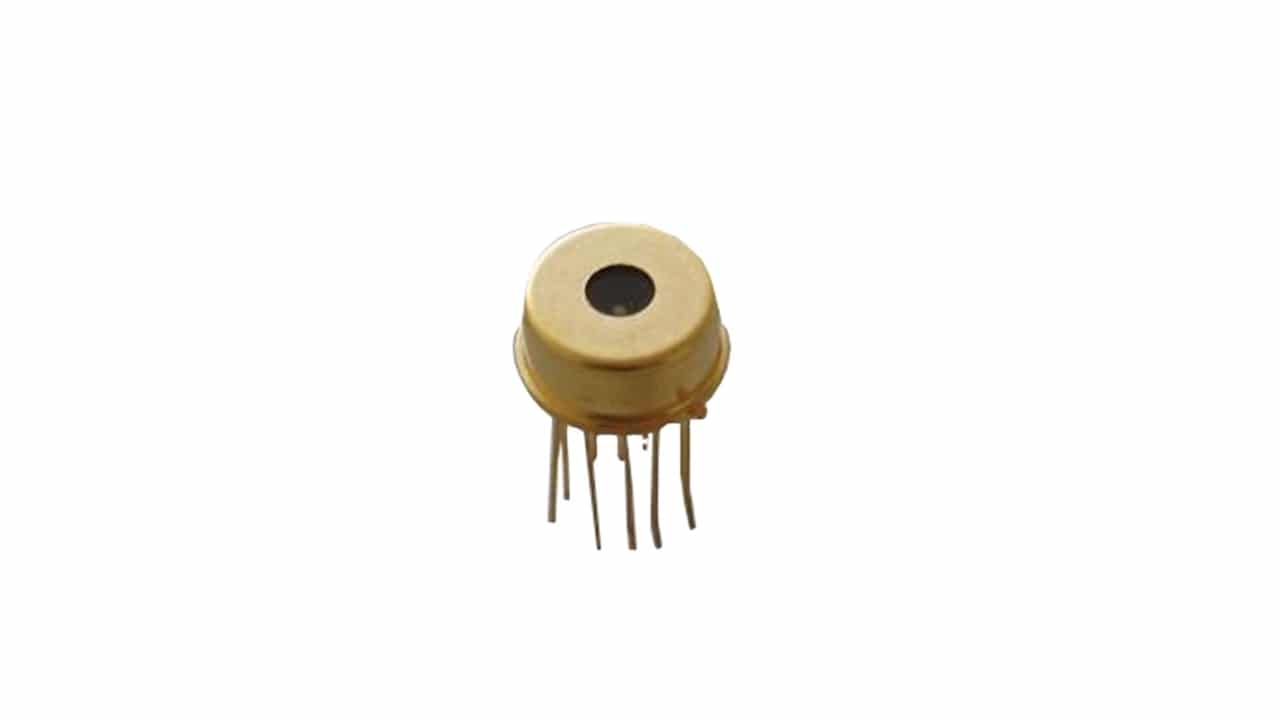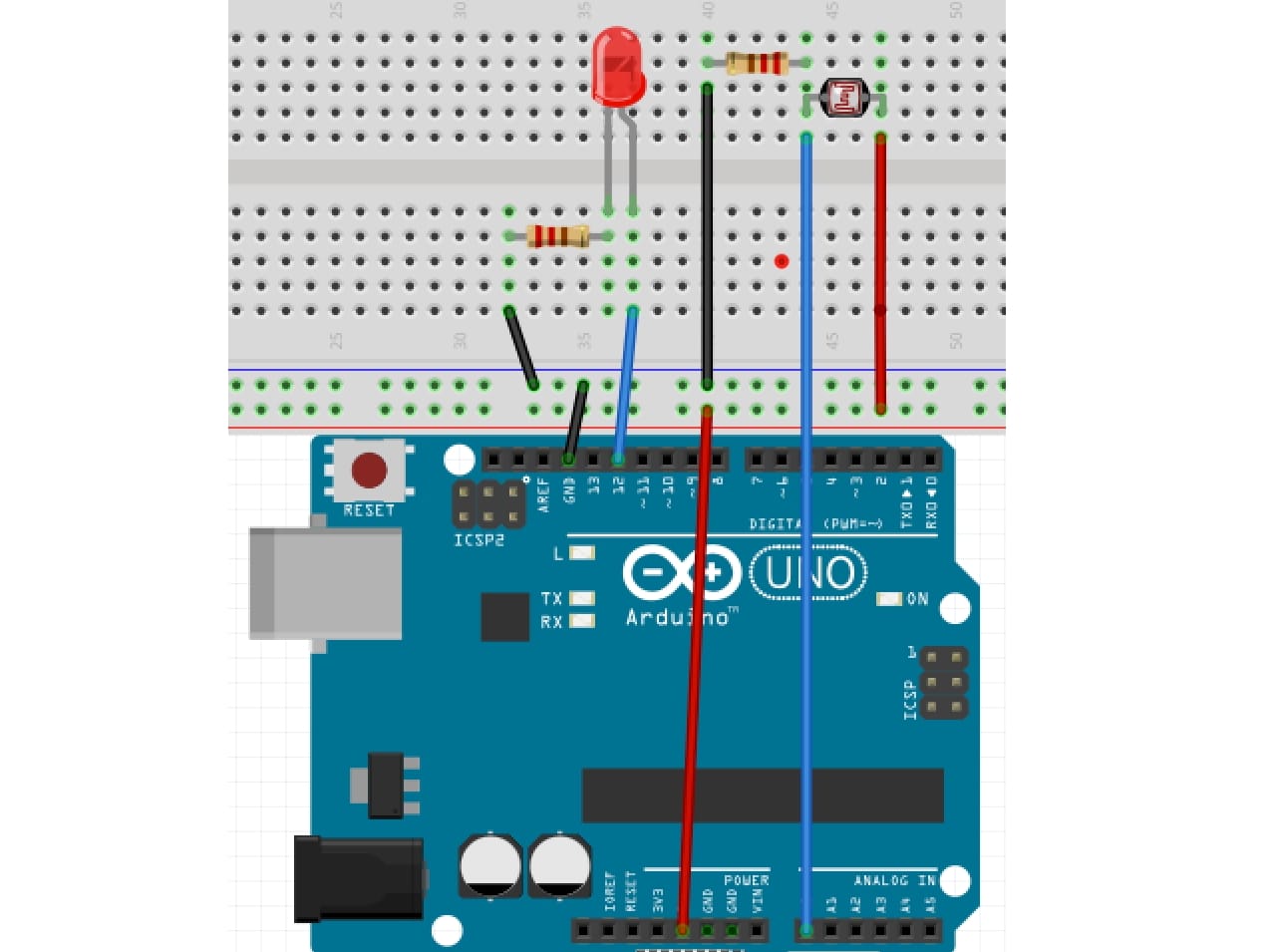
Un photodetector It is a type of sensor that can be used for multiple applications in your DIY projects. Even if you are a maker, you can create your own security system with one of these electronic components. But before that, you should know what exactly that device is, what it is for, and how it works.
In addition, you will also learn the differences with other devices that may appear similar, and the types of photodetectors that exist, each with its pros and cons ...
What is a photodetector?

Un photodetector It is a sensor that generates an electrical signal that will depend on the light that falls on this device. That is, as more or less of this electromagnetic radiation affects, it will generate one or another signal that can be interpreted. Either to generate an action, or simply to measure the amount of this radiation.
Some of these photodetectors are based on an effect, which can be: photoelectrochemical, photoconductive, or photoelectric or photovoltaic. The latter being one of the most common, and consists of the emission of electrons by a material with these properties when electromegnetic radiation falls on it, generally light or UV. In other words, when the material used is capable of transforming part of the light energy into electrical energy.
Certain advanced photodetectors, such as CCD and CMOS sensors They have a matrix of this type of miniaturized detectors to form a matrix and capture video and images, these being a more advanced evolution.
Types of photodetector
Several type of devices that can be cataloged within what a photodetector represents. These are:
- Photodiodes
- Phototransistor
- Photoresist
- Photocathode
- Phototube or photovalve
- Photomultiplier
- CCD sensor
- CMOS sensor
- Photoelectric cell
- Photoelectrochemical cell
Applications
Photodetectors can have a multitude of possible applications:
- Medical instrumentation.
- Encoders or encoders.
- Census of positions.
- Surveillance systems.
- Fiber optic communication systems.
- Image processing (capture of photos, video).
- Etc
For example, in a system of optical fiber, which work with light instead of electrical pulses, to increase the communication speed, fiberglass fibers can transport light at high speeds, but when these signals are received, they need a photodetector to capture them and a processor to capture them. interpreter.
Video detector vs photo detector
In security systems, such as alarms, surely you have also heard that they have photodetectors or video detectors. In these cases, they are a type of sensor that captures images, or that captures video of what happens in the monitored area, to verify that everything is correctly or, otherwise, to set off the alarms or notify the security forces .
Integration of Arduino and a photodetector
In this example I will use a resistance LDR with a plate Arduino UNO connected in this simple way that you can see in the image above. As you can see, it is as simple as using an LED (you can replace it with another component) connected with a resistor to GND and on its other pin to one of the board's outputs.
On the other hand, for the photosensor connection, the 5v supply from the Arduino board will be used, and one of the analog inputs for its other end. In this way, when the light falls on this LDR resistor, the current of its output that will be captured by this analog input will vary and it can be interpreted to generate some function ...
So you can see a very simple use case and the sketch code necessary for your programming with Arduino IDE:
//Uso de un fotodetector en Arduino UNO
#define pinLED 12
void setup() {
pinMode(pinLED, OUTPUT);
Serial.begin(9600);
}
void loop() {
int v = analogRead(A0);
// El valor 500 debe ajustarse según la luz del ambiente donde lo vayas a usar
// Con poca luz debe ser más pequeño, con mucha mayor.
if (v < 500) digitalWrite(pinLED, HIGH);
else digitalWrite(pinLED, LOW);
Serial.println(v);
}
Here you will simply see how the LED lights up based on the light detected by the photodetector. Of course, you are free to modify this code to develop the project you need. This is a simple example to demonstrate its operation in a more practical way.
Where to buy a photodetector
If you decide to buy a photodetector, you can choose these recommendations that will be able to satisfy almost all the needs:
- Blaupunkt Security: a photodetector ready to integrate with your alarm system. It has a range of 110º and can reach 12 meters by detecting movement or the presence of something.
- No products found.: it is a pack of LDR resistors, that is, devices that will vary their resistance depending on the light that falls on them.
- 0.3MP camera CMOS sensor: another small module for Arduino and other boards and with resolution of 680 × 480 px.
- Light detector module: like the LDR but comes mounted on a module and much easier to integrate with Arduino.

